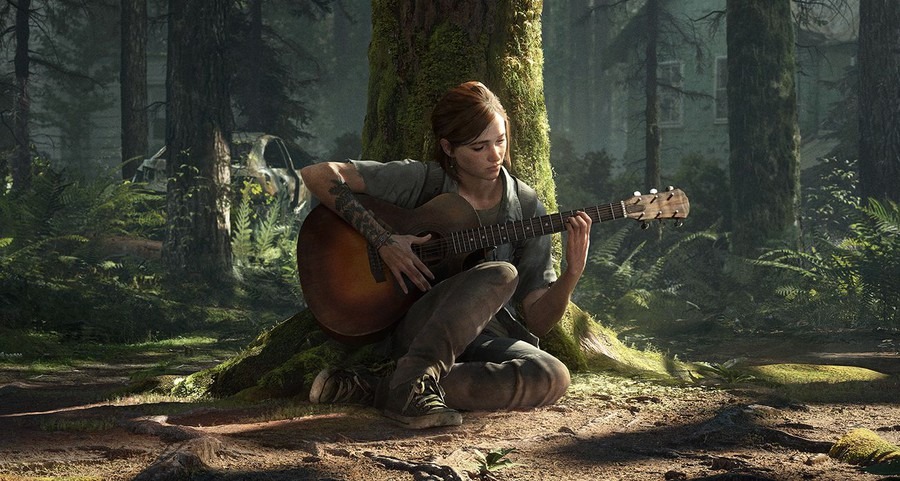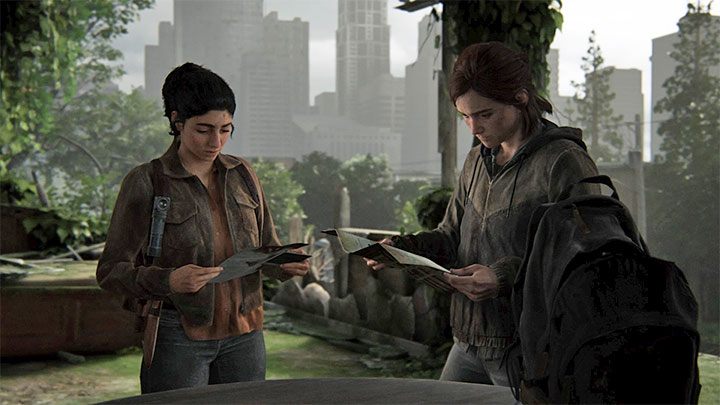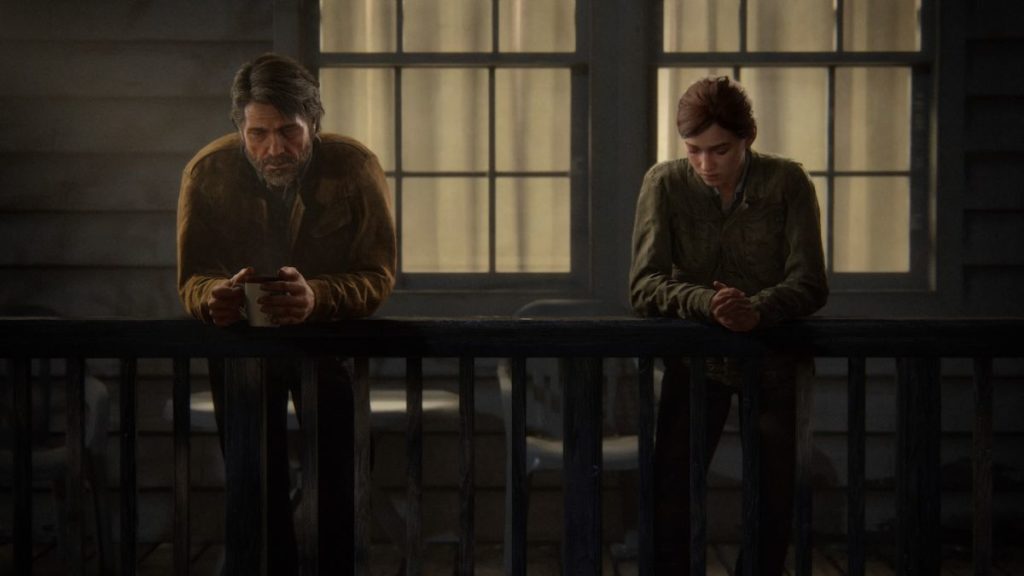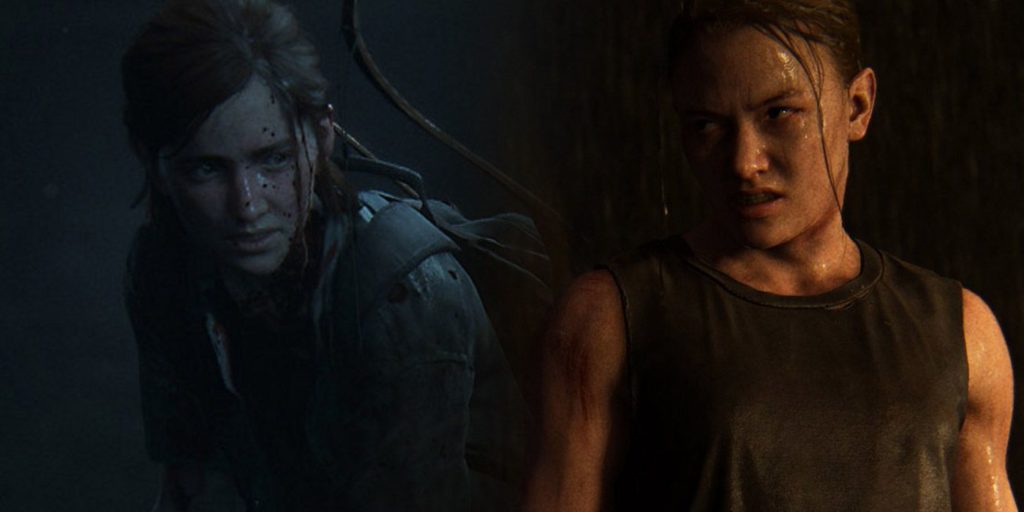Naughty Dog released The Last of Us Part II in 2020, showcasing what end-generation PS4 gaming could be. It didn’t disappoint, becoming the fastest-selling Playstation exclusive ever.
Although some fans took to review bombing, overall The Last of Us Part II received universal critical acclaim. The long-awaited sequel has shown how gaming has the potential to move into a new age of storytelling; one where long-held stereotypes have no place.
Some will disagree, having issues with one particular key moment of the plot, and the buffness of Abby’s arms. But The Last of Us Part II is a brilliantly told emotional rollercoaster.
We’re one year on from the release of the era-defining game and critics and fans are yet to cease analysing and criticising. We’ve heard a lot from the vocal minority – so here are 7 reasons that The Last of Us Part II is one of the best games of the PS4 era.
SPOILER WARNING: THIS ARTICLE CONTAINS SPOILERS.

7. More intelligent companion AIs
One of the first things you notice when playing is the intelligence and reactivity of the companions.
There are plenty of games where your companion is essential. A great example of this is another Naughty Dog title, Uncharted 4. You are with a companion AI almost the entire game who helps you take down other NPC’s and supports you at pivotal moments.
My point is, we all know what to expect of AIs – their limitations and their capabilities. That’s why The Last of Us Part II stood out. For the first time the companions weren’t just reactive, they were proactive.
When you were about to take down a guard, Dina would go after his partner, sometimes taking them down before you could even react. Plus, the whole time, you’d hear whispered warnings, and Dina would tell you which direction enemies were in.
There were even moments where Ellie was in trouble, and Dina would rush in to help. It was more like playing alongside another person than any other game has achieved – and it’s something I’m sure we’ll see more of across gaming spheres.
Intelligent AIs are the future of gaming and open up new, previously unseen methods of gameplay and storytelling.

6. Joel’s death
Let’s get this out of the way early. Joel’s death is one of the most heart-breaking moments in gaming history.
After spending The Last of Us with Joel and coming to love him, his gruffness, and his relationship with Ellie; seeing him die so brutally was incredibly hard to watch. A character that we all loved being killed so devastatingly in the first hour of the game led to an outcry from rabid fans. In fact, people were so angry at this divisive moment, Neil Druckmann and Troy Baker (Joel’s voice actor) were forced to defend the decision.

Joel’s death was entirely 100% necessary. In a lot of ways, his story was over; it was Ellie’s turn and his death was a good way to head into the next phase of the narrative.
Also, much like The Last of Us Part One begins with Joel experiencing the death of his daughter, Ellie has now dealt with the death of her father (figure).
5. Realism and graphic detail
Before we knew what the PS5 would look like graphically, The Last of Us Part II showed us what an end-generation game could do. There are few games that can match it in terms of graphics or intense realism. Throughout, you feel as though Joel and Ellie are real people, not animations.
Fun fact: the cast of The Last of Us did both their motion capture and dialogue acting simultaneously, helping give credence to the feel that The Last of Us is more like playing a movie than a game.
The intense detail is something to appreciate. Not just environments, and main characters, few things escape keen detailing in The Last of Us Part II. One of my favourites, unexpectedly, was the weapon modification screen.
Usually mod screens will comprise a short snapshot of whatever piece you’ve added to the weapon, but The Last of Us doesn’t mince detail here. You watch Ellie take apart the weapon, carefully “modding” it as if it were real. The detailing here is so completely unnecessary, but it’s a wonderful addition to the realism of the game.

4. LQBTQ+ friendly
Ignoring the trolls of the gamer world who claim Abby looks too buff to be a girl (whatever that means); there are brilliant examples of inclusivity in The Last of Us Part II. The way it handles the complexity and variation of genders and sexuality is masterful.
In a post-apocalyptic world, I guess who’s sleeping with who is not as important to society…
We already knew Ellie is a lesbian from the DLC of The Last of Us (although those who didn’t play it will complain that she was “made gay” for the second instalment due to “political correctness”), but in this game we see a wonderful tapestry of gay, straight, bi and trans individuals and it’s not their whole story – it’s just part of it.
The Last of Us Part II went a step further in inclusivity than games before it and showed including differing sexualities and genders doesn’t take away from a story, but adds to it.
3. Joel and Ellie‘s relationship
After The Last of Us, we all pictured an idealistic future for Ellie and Joel as father and daughter, finally filling the gap of ‘family’ in each other’s lives. But as we see in The Last of Us Part II, that’s not quite what happened next.
Throughout the game you learn more of their relationship and its breakdown. It might be far more bittersweet than people wanted, but it was a much more realistic depiction of their story, and adds another layer of devastation to Joel’s untimely death.

Learning of their relationship’s development throughout the game in a series of flashbacks gives extra poignancy to Ellie’s journey and feelings of grief and desire for revenge.
As you learn that Ellie and Joel’s relationship was fractured and she was resentful, you understand why she is so deeply driven to revenge. Not just because Abby killed him, but because they never got to have their full reconciliation as a family. Ellie’s drive to kill Abby is a way to deal with her own grief and lay blame at someone else’s feet.
2. Abby: The villain?
Abby is one of the coolest, most well-rounded and multifaceted “villains” of modern gaming – if you can even call her a true villain.
When you first meet Abby, you hate her. I definitely spent a good portion of the game dreaming up what inventive ways you’d get to kill her by the end. Thing is though that by the end, you just don’t want to. And that’s what’s brilliant about The Last of Us Part II.
The more time spent with Abby throughout the game showed you she wasn’t Ellie’s adversary – she was her twin. She had gone through the same losses and trauma, and in her story, Ellie was the villain.
As the game progressed, I came to feel for Abby more and more, and even like her. By contrast, the more you liked Abby, the more you disliked Ellie’s path. When you saw Ellie through Abby’s eyes you realised that between the two of them it is Ellie’s drive for vengeance, even more so than Abby’s, which causes the deaths in the game.
Even as you get to know Abby’s friends, you are already aware they will die by Ellie’s hand. Getting to know them makes Abby’s drive for revenge easier to understand. Whilst I don’t claim Owen’s death, for example, had anywhere near the impact of Joel’s; he was still a really likeable character (and arguably more interesting than Ellie’s counterpart – Dina) who I didn’t want to die. As you start to like Abby and feel for her friends, you realise the kinship between hers and Ellie’s stories.
This all leads into my last point…

1. There are two sides to every story
The best thing about The Last of Us Part II is that it doesn’t settle for the simple revenge storyline. Instead, it shows you the heart behind it, which even the most creative of writers struggle with sometimes.
How easy would it have been to make a game where someone kills Joel, Ellie goes on a journey of revenge, culminating in the murderer’s death? People would have applauded and enjoyed it; but it wouldn’t have done the world already established in the first instalment any justice. Neil Druckmann, creator of The Last of Us, has said he wanted the player to “feel a thirst for revenge, before making them realise the reality of their actions.” Playing as Abby achieved this.
The Last of Us Part II takes the idea of multifaceted storytelling and expands it. Rather than the archetypal villain, you meet a girl who’s hurt, who’s experienced loss and death and devastation – just like Ellie. Abby’s team respects her, and she’s strong in both personality and physique. And even more so than that, you meet someone who loves and cares for others, whether it’s a romantic way like Owen or as a sibling like Lev.
The way Abby and Ellie’s tales mirror each other lead you to realise that Abby’s death would be a hollow ending for a fantastic game. Abby needs to survive, and they both need to let go. To do anything else would be a disservice to the characters, fans and the world of The Last of Us.

